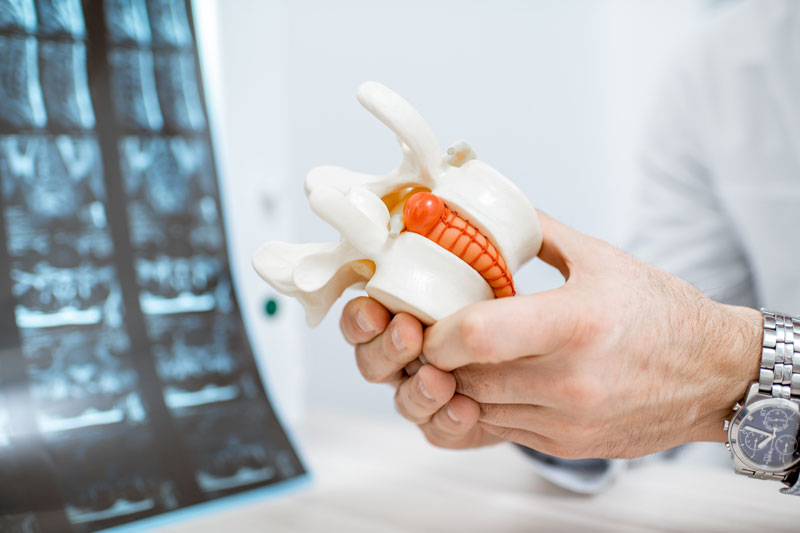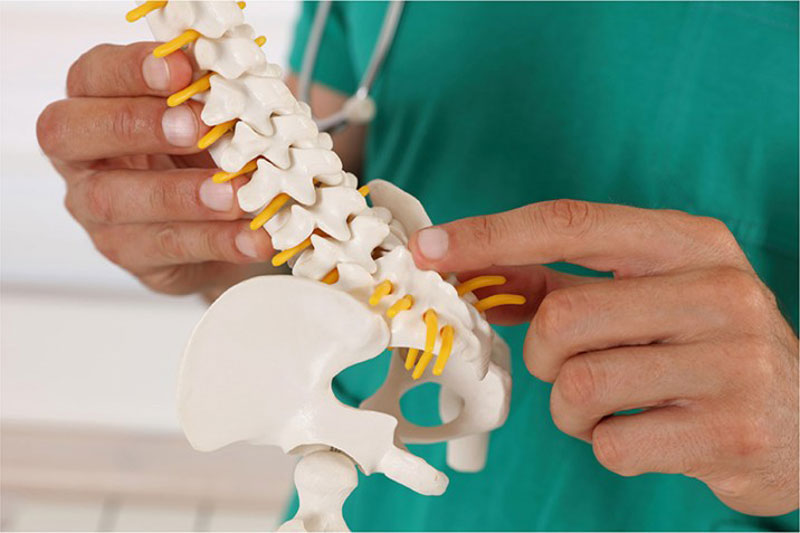What is a Sympathetic Block?
The sympathetic nervous system controls all of your body’s involuntary reflexes and bodily functions, such as blood pressure, urination and defecation, sexual arousal, sweating, and others. It also controls the stress response, triggering a high alert when danger is perceived. A sympathetic block is the injection of a local anesthetic into a sympathetic nerve, which can diagnose or treat pain disorders involving your sympathetic nervous system.Why is a Sympathetic Block performed?
Pain originating from the sympathetic nervous system is not easy to treat with oral pain medications. Sympathetic blocks are an effective and beneficial treatment option. They help relieve some of the most challenging chronic pain conditions, including:- Complex regional pain syndrome
- Trigeminal neuralgia
- Chronic abdominal pain
How is a Sympathetic Block performed?
A sympathetic nerve block is an outpatient procedure using a local anesthetic to ensure your comfort. After the area is numbed, the doctor inserts a needle near the targeted nerves, using X-ray guidance to ensure proper needle placement. When the needle is in place, the doctor will inject an anesthetic and a corticosteroid into the space where the sympathetic nerves are located.What should I expect after a Sympathetic Block?
Because there are few risks, sympathetic blocks are considered an appropriate and safe non-surgical treatment option for many chronic pain patients. Most complications are due to either improper needle placement or an adverse reaction to the injected medication. These complications can include the following:- Infection
- Bleeding
- Collapsed lung (pneumothorax)
- Nerve damage
- Reaction to medication













